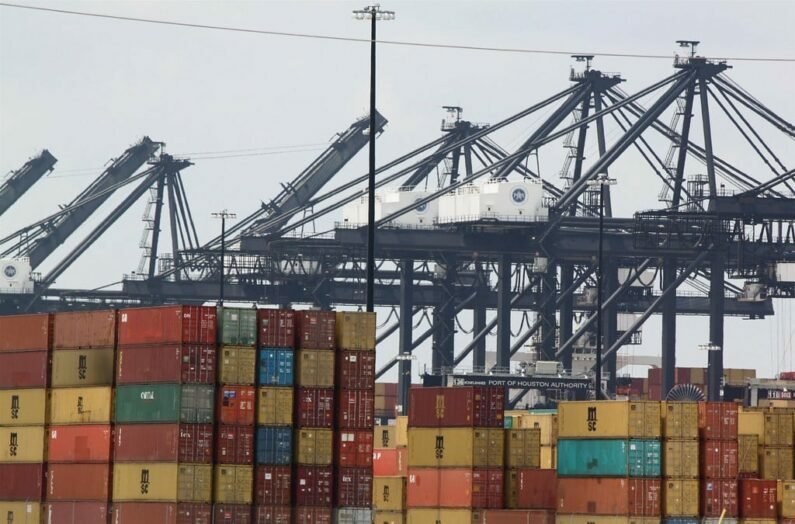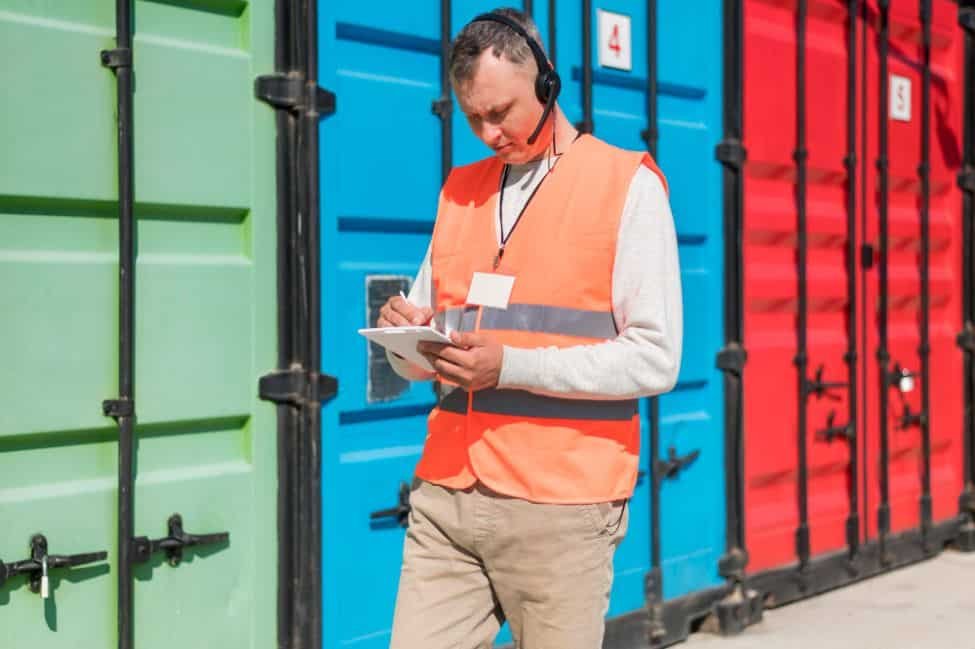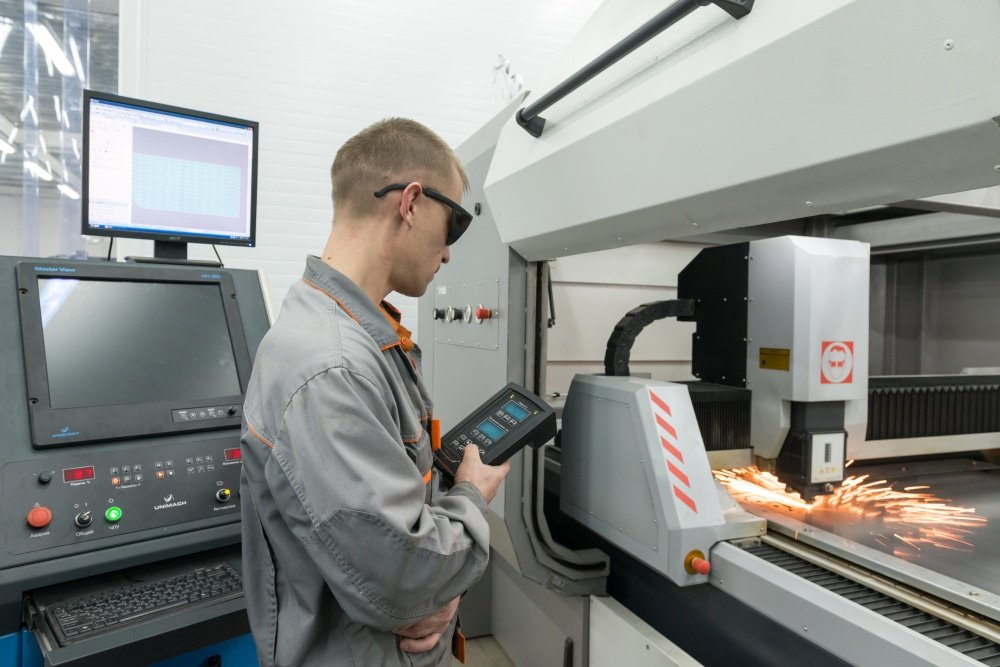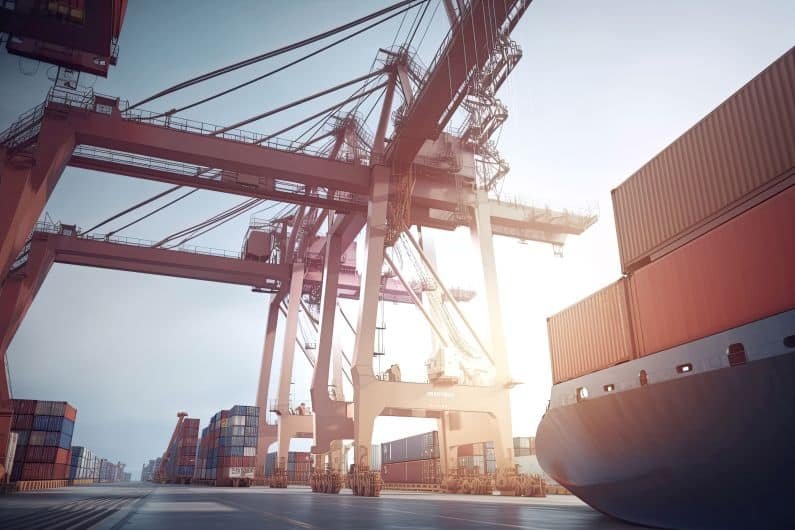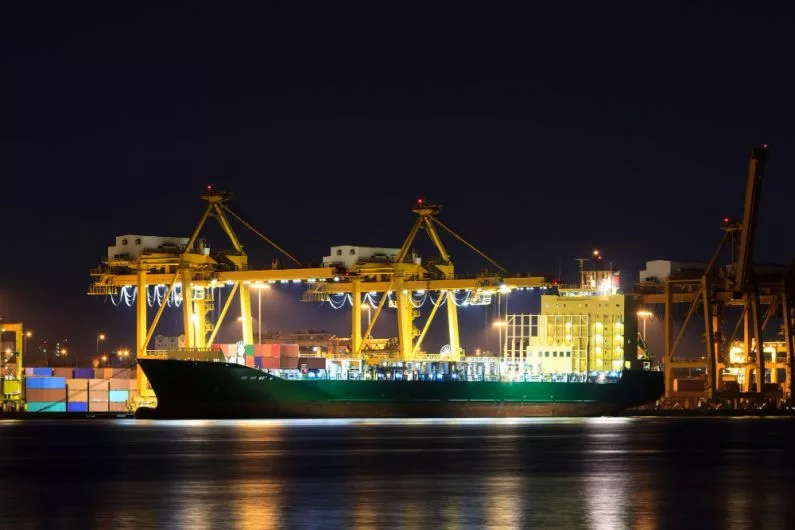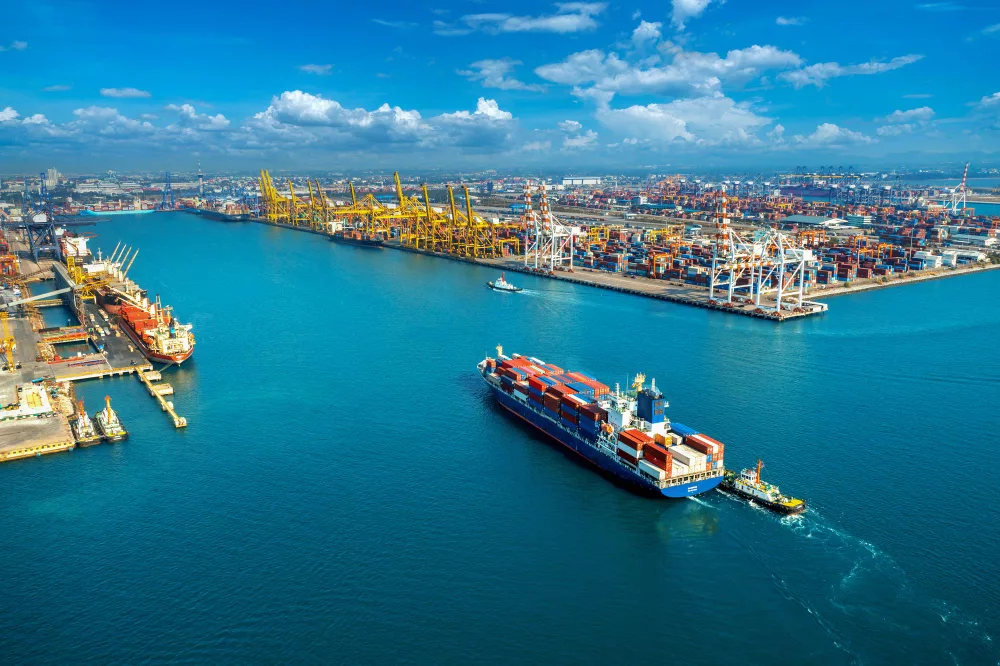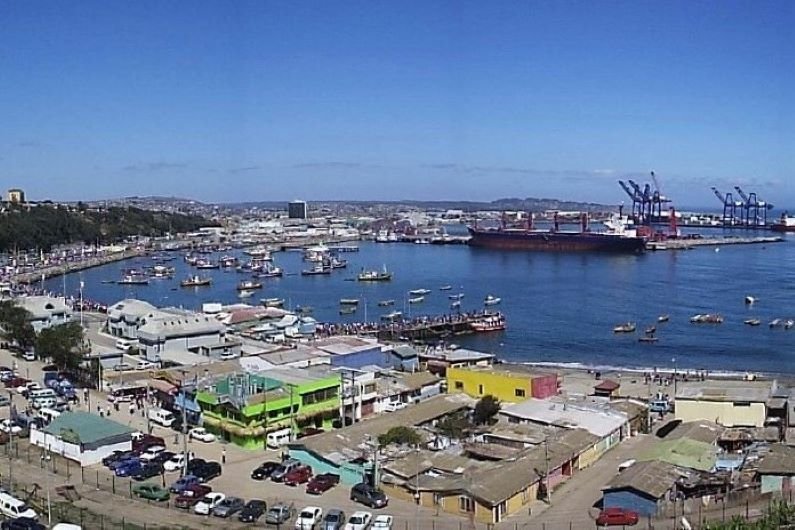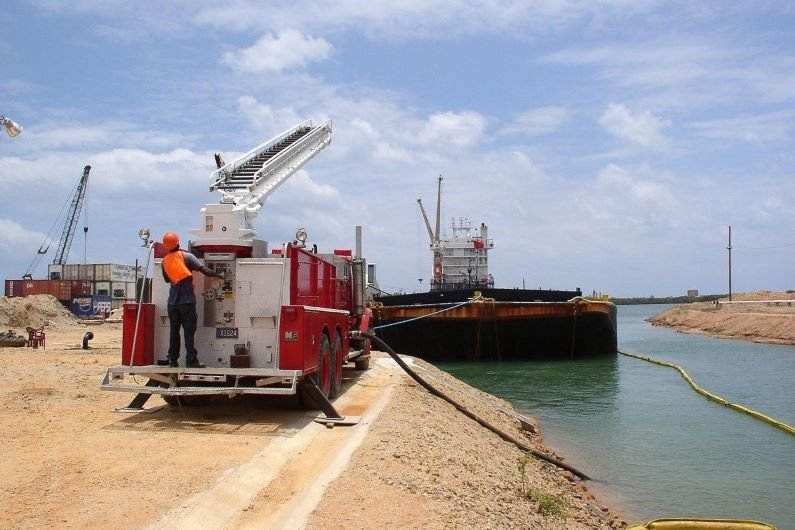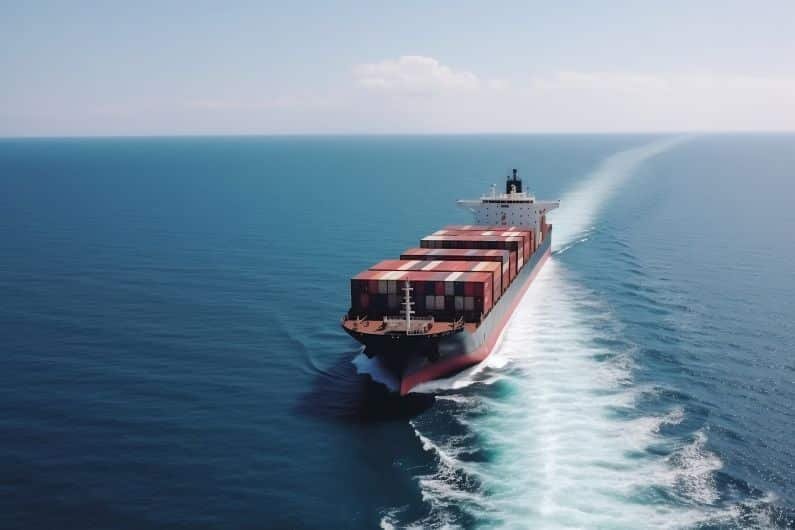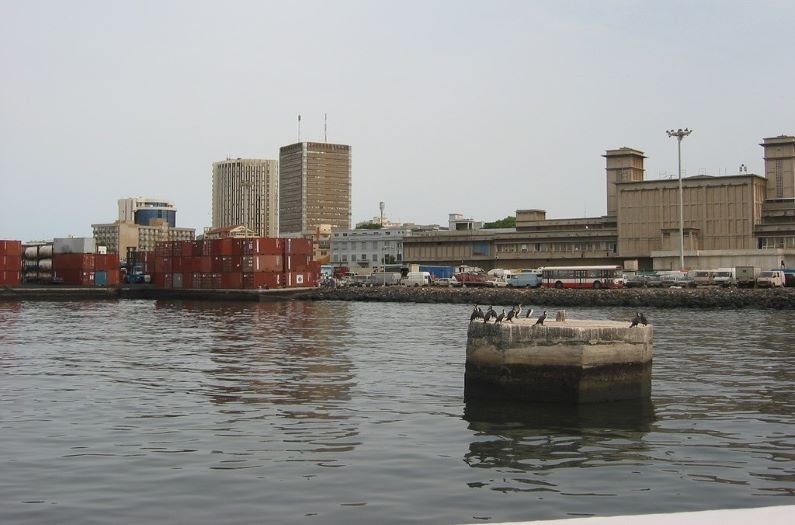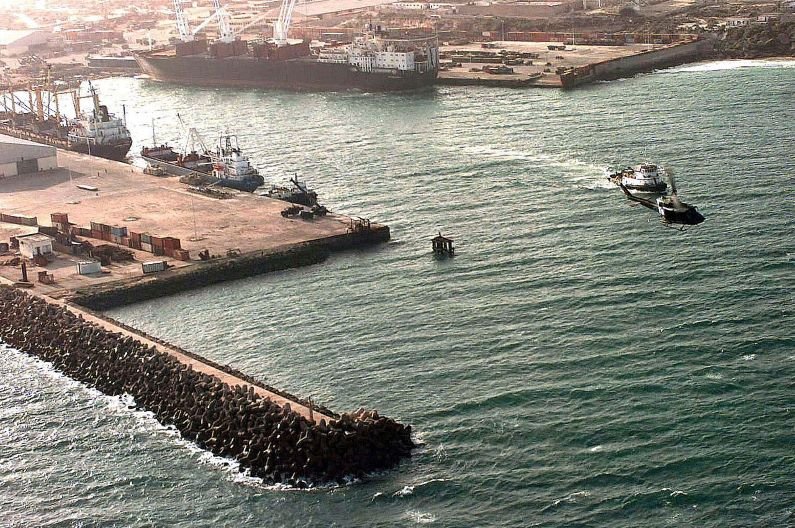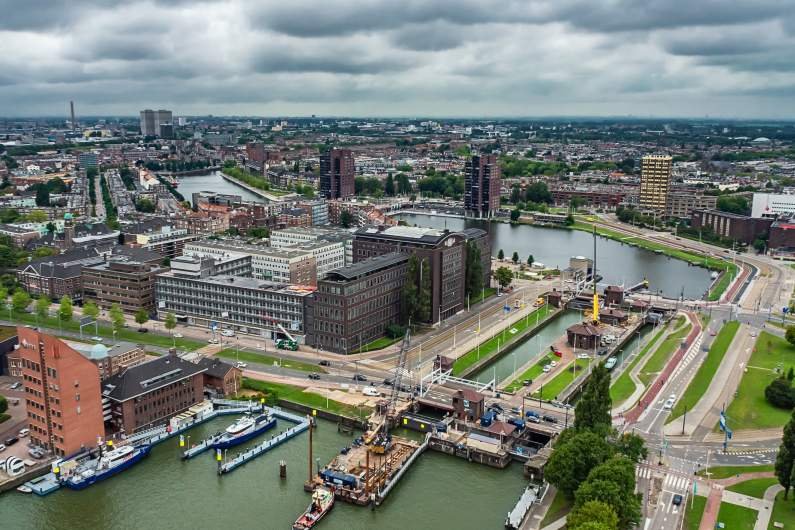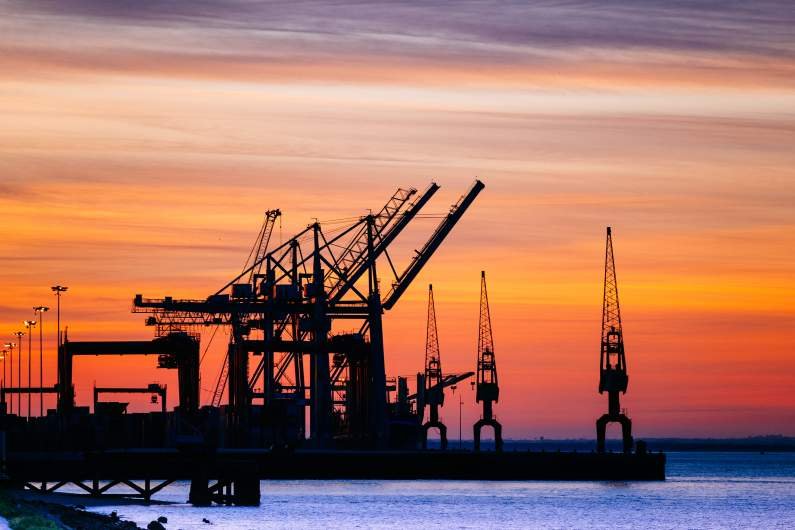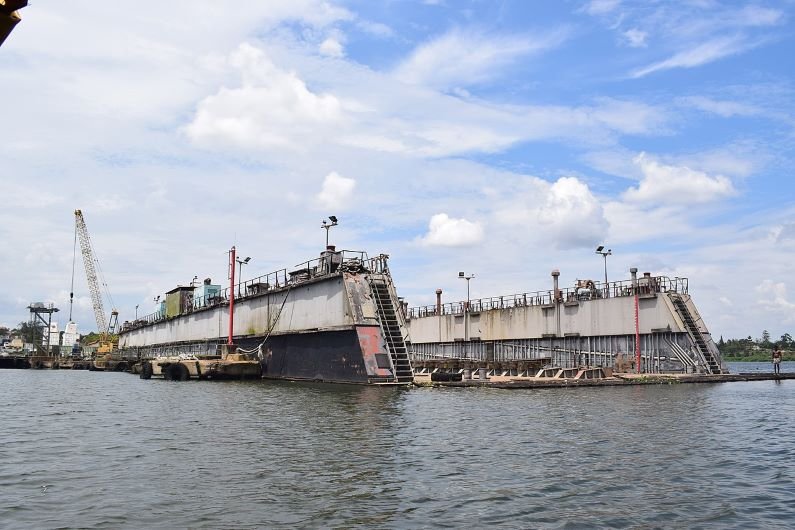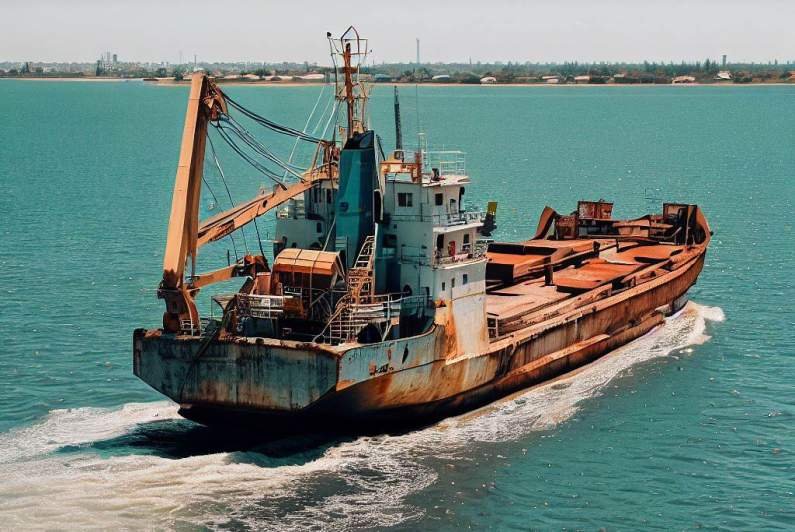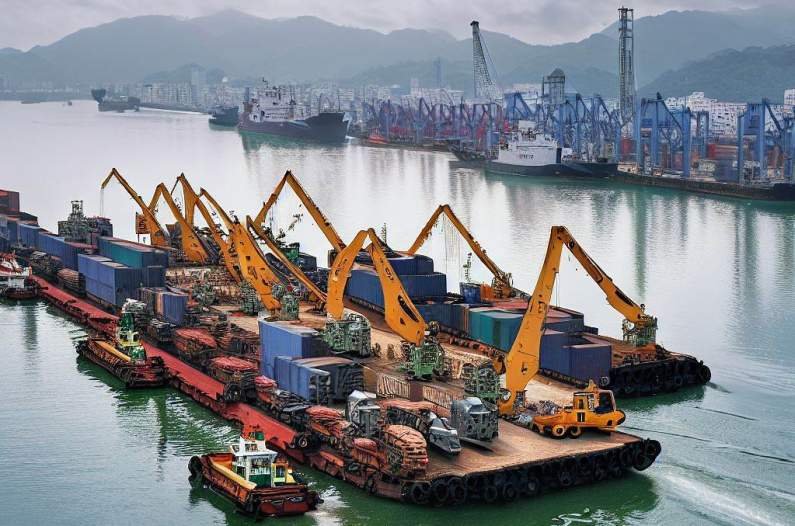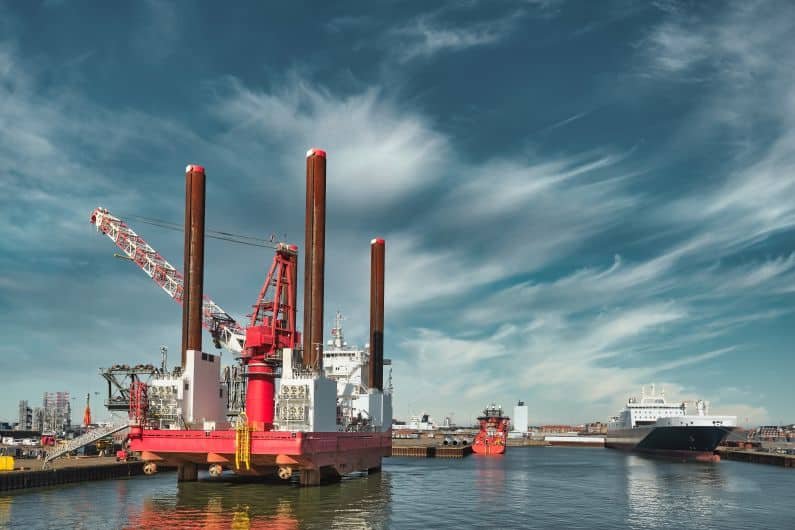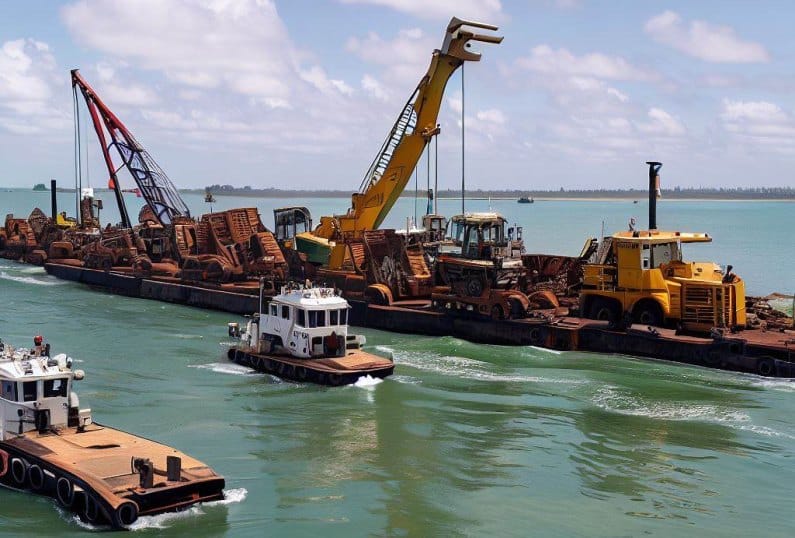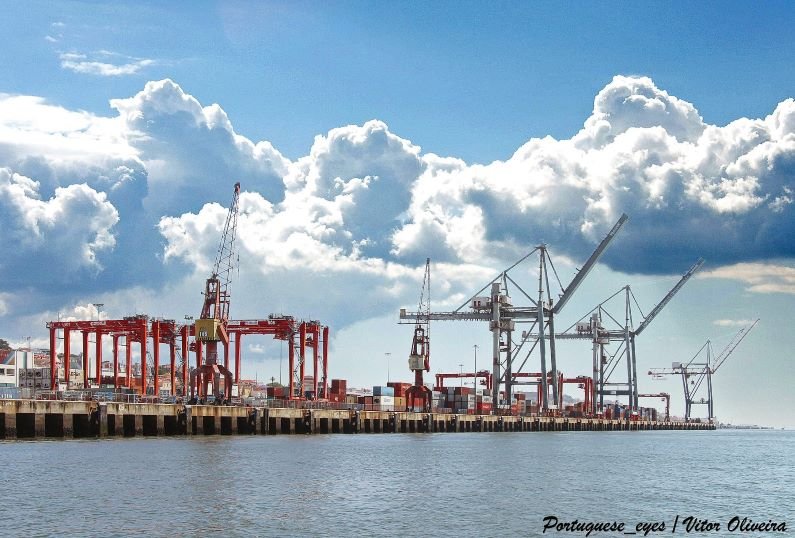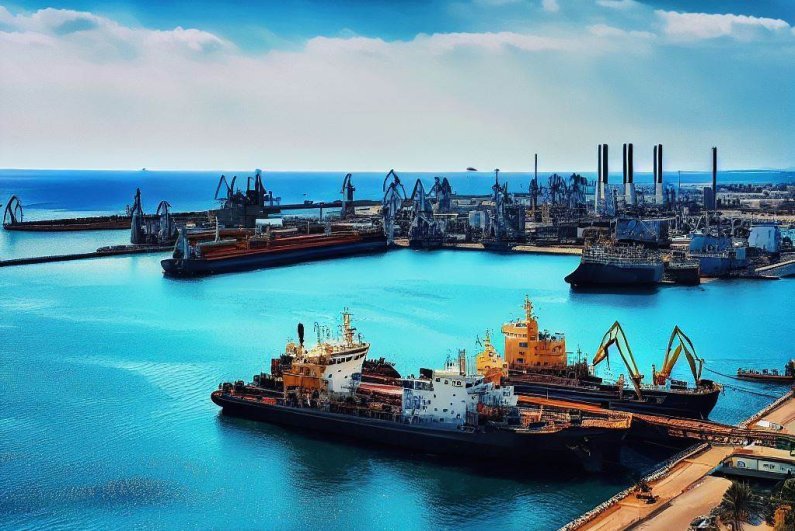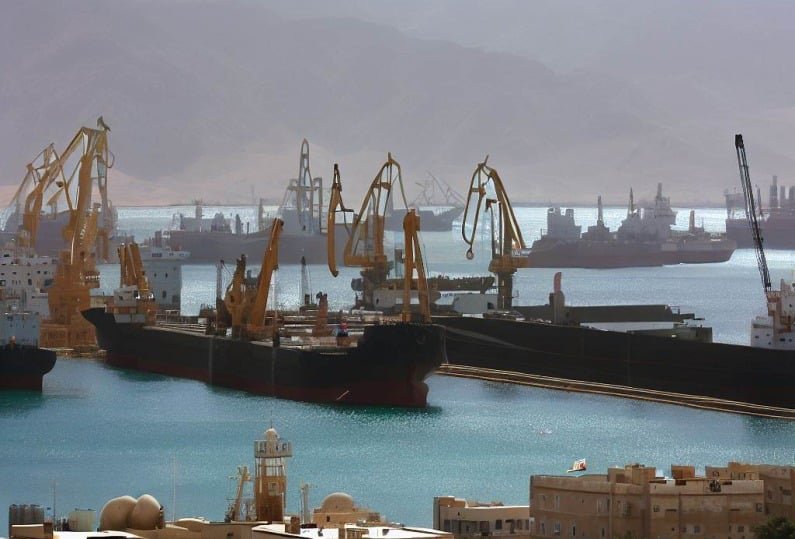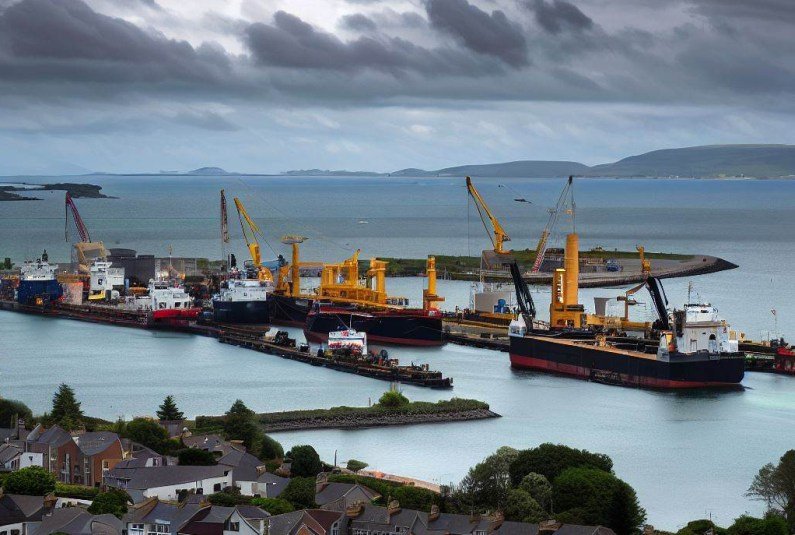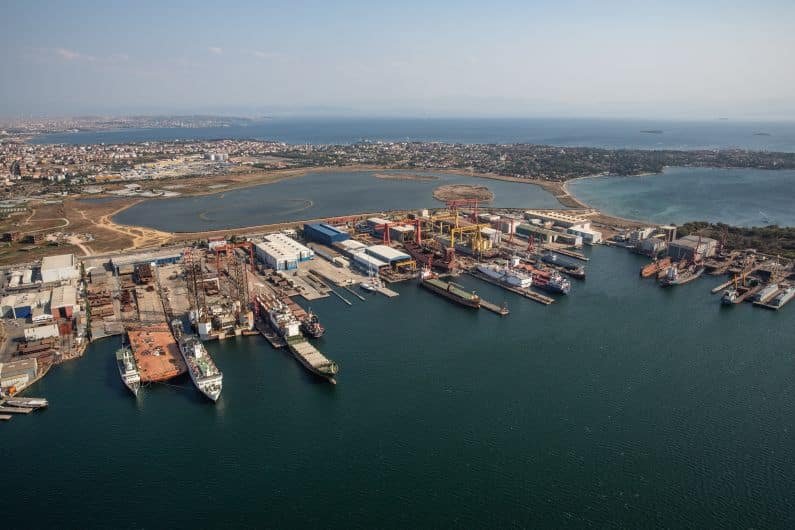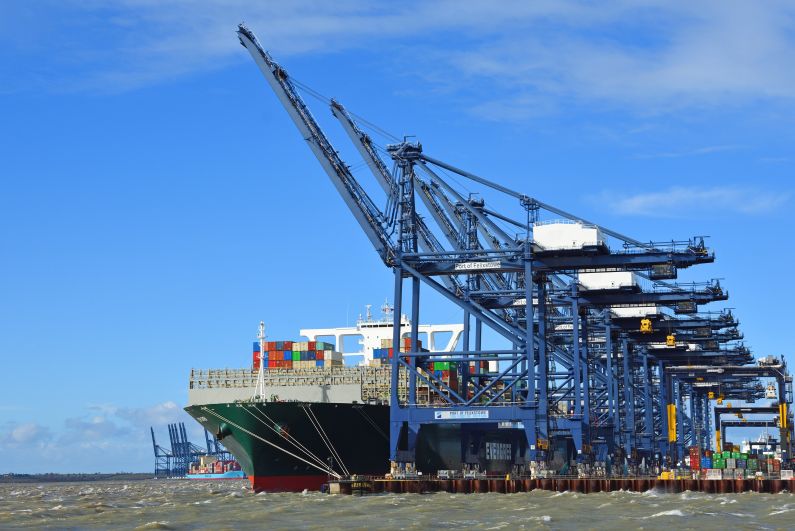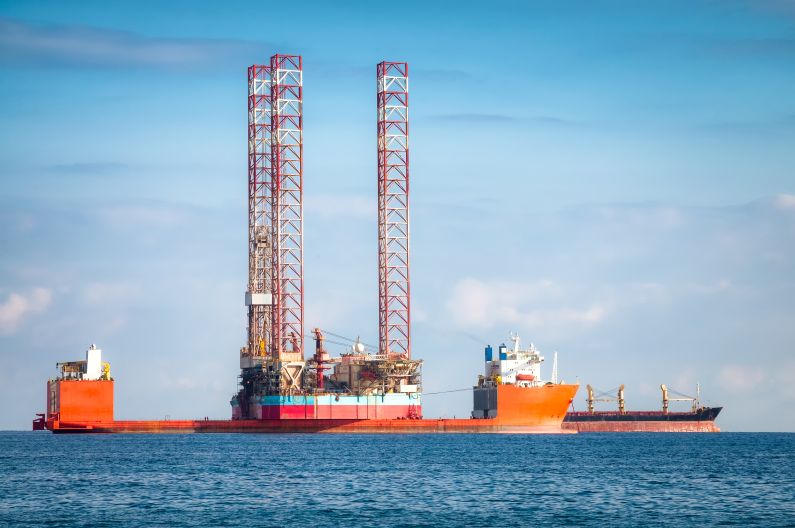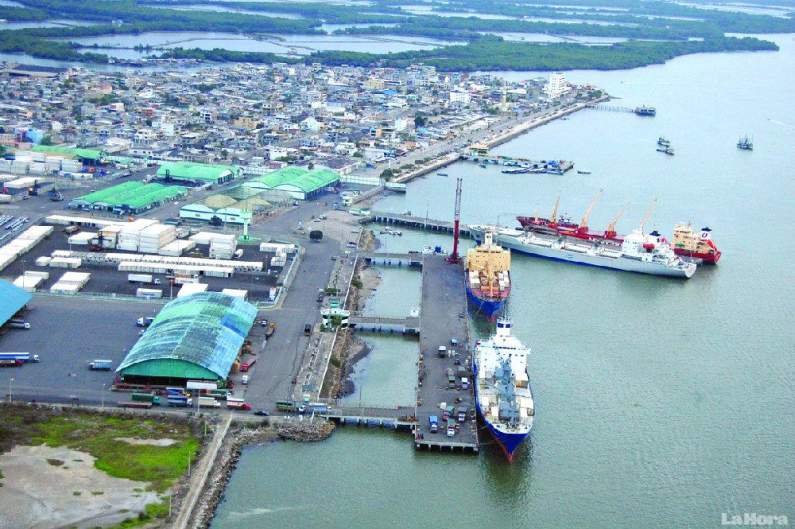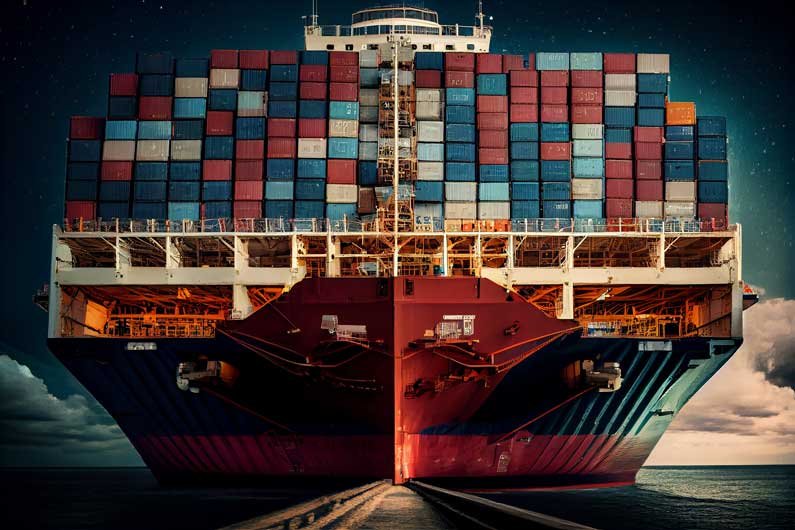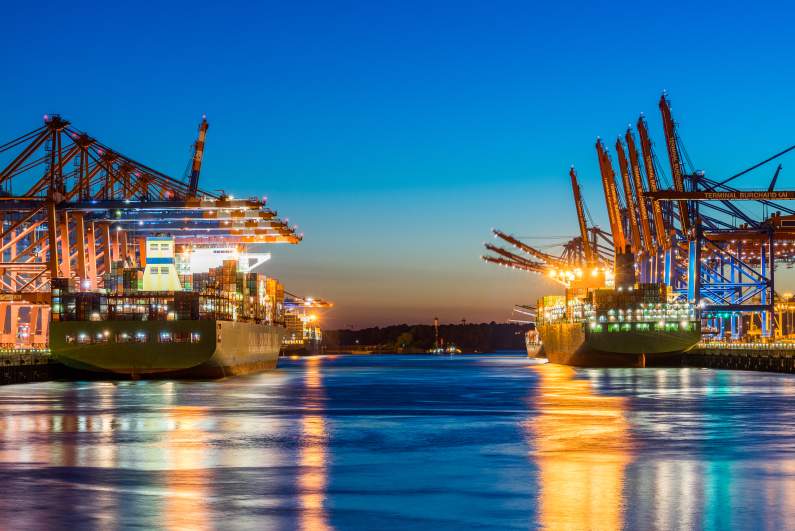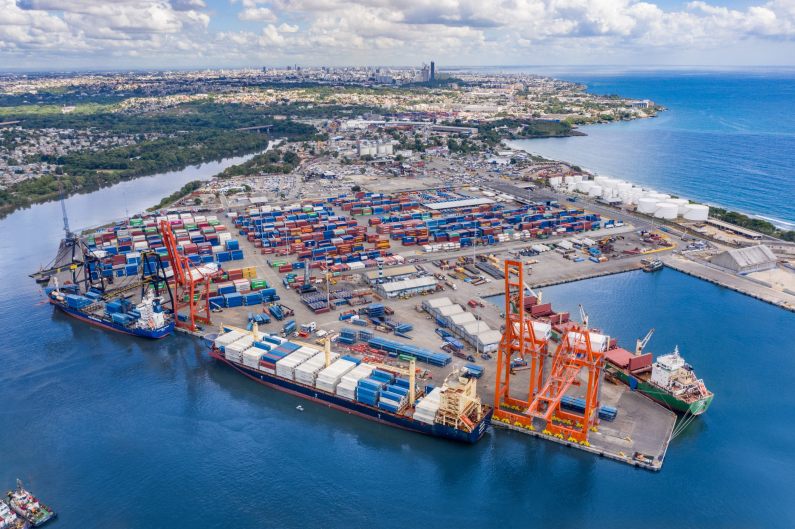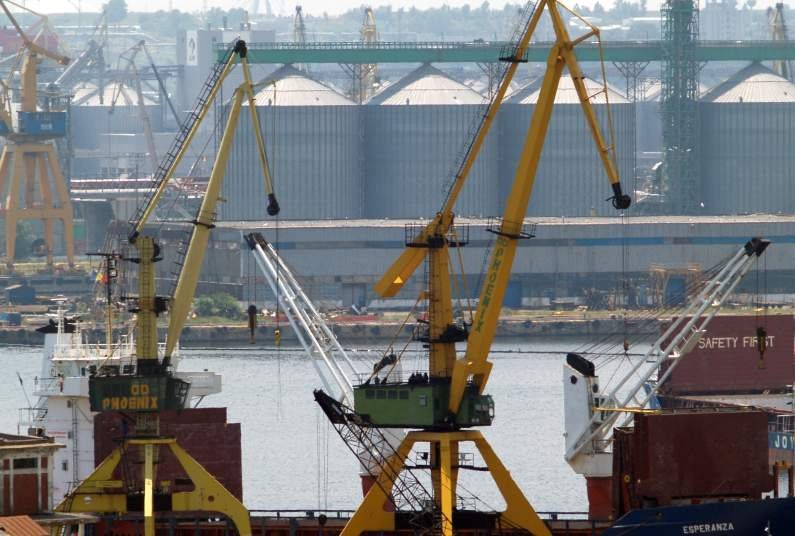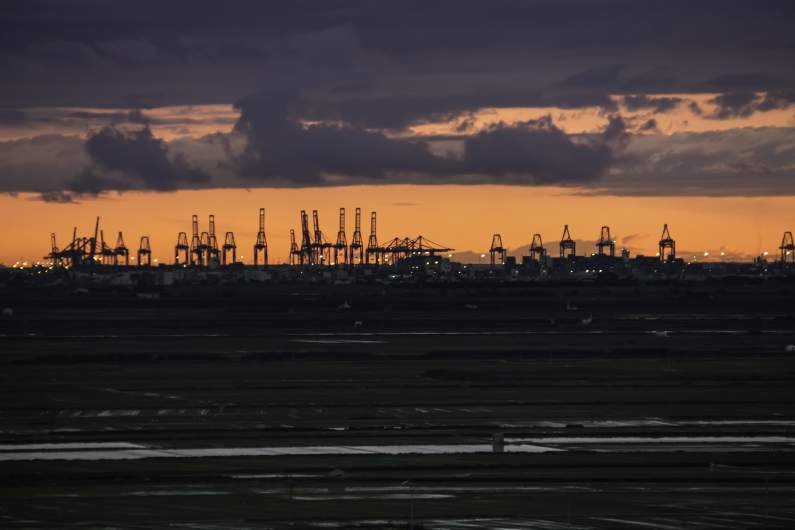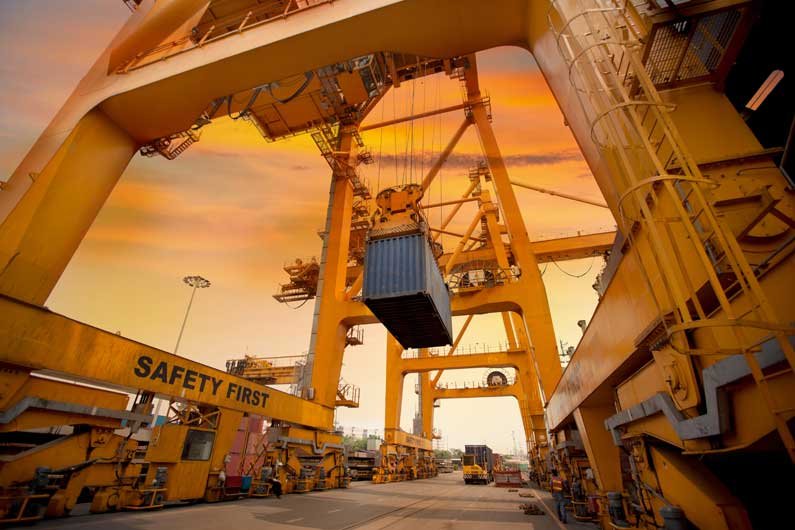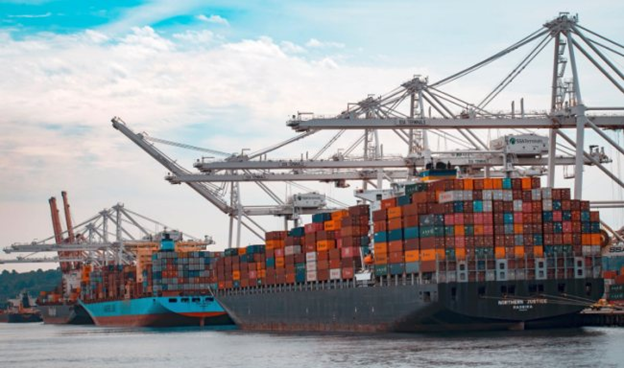The Port of Houston, Texas, stands as a major hub for the international movement of goods and a critical fulcrum for the U.S. economy. With its strategic location, the port facilitates trade with numerous countries worldwide, covering a broad range of cargo types, from oil and gas-related products to general consumer goods.
Types of Freight Shipped
The Port of Houston moves an impressive volume of freight. It handles approximately two-thirds of all the containerized cargo in the U.S. Gulf of Mexico and is recognized as one of the world’s largest ports for foreign waterborne tonnage. The types of freight primarily shipped from the port fall into several categories:
Containerized Freight: This involves goods packed in large, standardized containers. They range from everyday consumer products like electronics, clothing, and furniture to specialized industrial equipment.
Bulk Freight
The Port of Houston handles a significant portion of the bulk cargo that comes through the Gulf of Mexico, including commodities like grains and coal.
Project and Heavy Lift Cargo
The port is well-equipped to handle oversized, heavy, or otherwise unusual cargoes. This can include large machinery or vehicles, and is particularly relevant to the oil and gas industries.
Oil and Gas Products
As a significant global hub for the energy industry, the port manages the transportation of various oil and gas-related products. This includes crude oil, petroleum products, and liquified natural gas (LNG).
Main Destinations
The Port of Houston has a diverse range of destinations, serving all corners of the globe. Its geographical location offers an ideal gateway for trade with Latin America, especially Mexico and the Central American countries. However, the port also has strong trade links with East Asia, particularly China, and Europe, most notably with Germany and the Netherlands.
Oil and Gas-Related Products, Items, and Machinery
The Port of Houston plays a crucial role in the global oil and gas industry. Given Houston’s status as the “Energy Capital of the World,” the port is intimately involved in the import and export of oil and gas-related products, items, and machinery.
Exports
Major oil and gas exports from the port include crude oil, refined petroleum products such as gasoline and diesel, and petrochemical products like plastics and fertilizers. The Port of Houston also exports a significant amount of oil and gas machinery, particularly drilling equipment for offshore rigs.
Imports
On the import side, the port brings in crude oil from global producers, as well as specialized oil and gas equipment, parts for drilling rigs, and LNG for domestic use and re-export.
The Port of Houston’s facilities are specifically designed to handle the massive tankers that transport these products and to manage the complex logistics of oil and gas shipping. This includes large terminals, storage facilities, and specialized loading and unloading equipment.
The Port of Houston’s position as a major global freight hub is well-established and vital to the international trade ecosystem. Its focus on diverse cargo types, its connections to major global destinations, and its crucial role in the oil and gas industries all contribute to the port’s ongoing success and importance to the U.S. and global economy.
Operations at the Port of Houston
The Port of Houston is operated and managed by the Port of Houston Authority, which oversees the port’s eight public terminals and their operations. The Authority facilitates trade through the provision of modern and efficient infrastructure, state-of-the-art handling equipment, and comprehensive services that include container handling, cargo storage, and vessel navigation.
Infrastructure
The infrastructure at the Port of Houston is designed to support a vast array of shipping needs. The port’s layout includes more than 200 private and public industrial terminals, the notable ones being the Barbours Cut and Bayport container terminals. These terminals are equipped with super post-Panamax ship-to-shore cranes capable of handling the world’s largest container ships.
For oil and gas-related products, the port houses extensive storage and blending facilities for petroleum products. This includes large tank farms, refineries, and petrochemical plants in the Houston Ship Channel region, further extending the port’s capacity to handle the oil and gas industry’s specific needs.
Barbours Cut and Bayport: The Powerhouses of the Port of Houston
The Port of Houston is home to two primary container terminals – Barbours Cut Container Terminal and Bayport Container Terminal – which serve as the backbone for the port’s containerized cargo handling capabilities. Both terminals are critical for the port’s operations and have helped establish Houston as a significant player in global trade.
Barbours Cut Container Terminal
Opened in 1977, Barbours Cut Container Terminal, often referred to simply as “Barbours Cut,” was the Port of Houston’s first container terminal. The terminal is located along the Houston Ship Channel, adjacent to Morgan’s Point, Texas, one of the world’s busiest shipping lanes.
Barbours Cut has been continuously modernized to meet the industry’s evolving needs. It has grown to span over 230 acres, with a depth of 40 feet and nearly 6000 feet of continuous berthing space. Its six berths are equipped with post-Panamax ship-to-shore cranes capable of handling the largest container ships currently in operation.
The terminal handles a variety of containerized cargo, ranging from electronics and machinery to clothing and food products. With its sophisticated operations, Barbours Cut processes hundreds of thousands of TEUs (Twenty-foot Equivalent Units) annually.
Bayport Container Terminal
In response to increasing demand for containerized cargo handling, the Port of Houston Authority opened the Bayport Container Terminal in 2007. Located on the Bayport Ship Channel, the terminal is more extensive than Barbours Cut, covering approximately 376 acres. It offers seven berths and an impressive 7000 feet of continuous berthing space.
Like Barbours Cut, Bayport is designed to handle the largest container ships, with super post-Panamax ship-to-shore cranes and advanced automated yard cranes. It also incorporates environmentally friendly designs and practices, including extensive landscaping, habitat preservation areas, and stormwater management systems.
Bayport Container Terminal also features an on-dock rail facility that connects directly to the Union Pacific Railroad, providing fast, efficient intermodal transfer of containers. This helps to expedite the movement of goods and enhances the terminal’s capacity to serve as a primary gateway for trade with Mexico and the Central American countries.
Both the Barbours Cut and Bayport Container Terminals stand as pivotal contributors to the robust operations at the Port of Houston. These terminals not only facilitate an incredible volume of global trade but also symbolize the port’s commitment to embracing modern technologies and environmental practices. Their ability to handle significant cargo loads from some of the largest vessels globally is a testament to their design, infrastructure, and the dedicated teams that keep them running smoothly. Through these two powerhouse terminals, the Port of Houston continues to enhance its position as a key player in global container shipping.
Handling Equipment
The Port of Houston boasts an impressive array of handling equipment to accommodate various types of cargo. This includes high-speed automated stacking cranes and rubber-tired gantry cranes for container cargo. For bulk cargo and project loads, the port has heavy-duty mobile harbor cranes and a wide range of other special-purpose heavy lift equipment.
For oil and gas-related products, the port has dedicated loading and unloading arms at its oil terminals, specially designed to handle crude oil, refined products, and chemicals. These arms are built for safe and efficient loading and unloading of tankers, including the large VLCCs (Very Large Crude Carriers) and ULCCs (Ultra Large Crude Carriers) that carry crude oil around the globe.
Services
The Port of Houston provides comprehensive services that facilitate smooth cargo flow. This includes vessel navigation services, with skilled harbor pilots guiding ships through the Houston Ship Channel.
For container shipping, the port offers quick turnaround times, efficient intermodal connections, and advanced systems for container tracking and documentation. In the realm of oil and gas, the port provides storage and blending services, and it also has the capacity to facilitate the transfer of LNG and the offloading of drilling equipment.
Economic Impact
The Port of Houston has a massive economic impact both regionally and nationally. According to a 2022 study by Port Technology International, the port contributes over 3.4 million jobs in the United States with 1.5 million of those jobs located in Texas.
In conclusion, the Port of Houston’s dynamic operations and strategic global linkages underscore its pivotal role in international trade. With its ability to handle diverse types of cargo, including the substantial movement of oil and gas-related products, it continues to be a driving force for economic prosperity in the United States and beyond.

